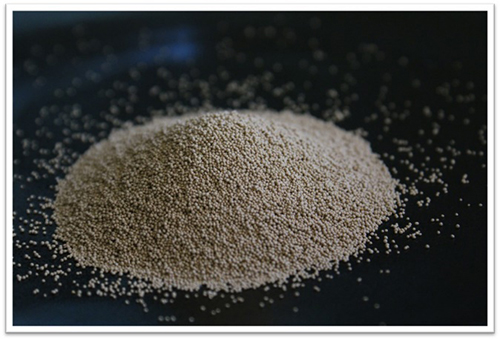 This part may require further processing like machining, heat treatment, or surface finishing to meet specific design requirements This part may require further processing like machining, heat treatment, or surface finishing to meet specific design requirements
This part may require further processing like machining, heat treatment, or surface finishing to meet specific design requirements This part may require further processing like machining, heat treatment, or surface finishing to meet specific design requirements sand casting steel. Sand casting offers versatility in shape and size, making it suitable for producing complex geometries and large, heavy components.
One of the key advantages of sand casting steel is its cost-effectiveness. The reusable nature of the sand and the relatively low tooling costs make it an economical option for small to medium production runs. Additionally, it allows for the production of steel parts with excellent mechanical properties, high durability, and resistance to wear and tear.
However, sand casting also presents challenges. The dimensional accuracy can be less precise compared to other casting methods due to sand's inherent variability. Moreover, the process can generate a significant amount of waste sand, necessitating careful management for environmental sustainability.
In conclusion, sand casting steel remains a vital process in the manufacturing industry. Its ability to produce intricate shapes, combined with its economic benefits, ensures its continued use in various sectors, from automotive and aerospace to construction and machinery. Despite its age, sand casting continues to innovate, adapting to modern technologies and sustainable practices, ensuring its relevance in the ever-evolving world of steel production.
Post time:Jun . 24, 2024 00:33
sand casting steel. Sand casting offers versatility in shape and size, making it suitable for producing complex geometries and large, heavy components.
One of the key advantages of sand casting steel is its cost-effectiveness. The reusable nature of the sand and the relatively low tooling costs make it an economical option for small to medium production runs. Additionally, it allows for the production of steel parts with excellent mechanical properties, high durability, and resistance to wear and tear.
However, sand casting also presents challenges. The dimensional accuracy can be less precise compared to other casting methods due to sand's inherent variability. Moreover, the process can generate a significant amount of waste sand, necessitating careful management for environmental sustainability.
In conclusion, sand casting steel remains a vital process in the manufacturing industry. Its ability to produce intricate shapes, combined with its economic benefits, ensures its continued use in various sectors, from automotive and aerospace to construction and machinery. Despite its age, sand casting continues to innovate, adapting to modern technologies and sustainable practices, ensuring its relevance in the ever-evolving world of steel production.
Post time:Jun . 24, 2024 00:33
Next:Effortless Elegance Sands Ceramic Designs
